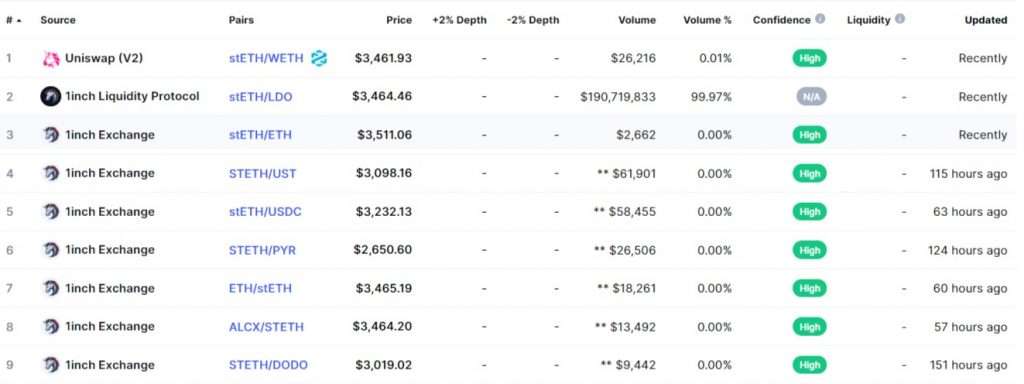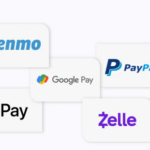What Is Lido?
stETH is the tokenised form of staked Ether native to Lido. Lido is a liquid staking solution for Ethereum backed by several industry-leading staking providers. It makes staked ETH liquid and allows participation with any amount of ETH.
stETH combines the value of your initial staking deposit plus staking rewards which accrue daily. Your stETH balance updates daily as 12pm UTC to reflect earned staking rewards, with the update taking place through a token supply rebase.
Lido Coin stETH can be used as one would use ether, allowing holders to earn Eth2 staking rewards in addition to rewards through integrated platforms like Curve and SushiSwap.
Important Points Table Of Lido
| Basic | Points |
|---|---|
| Coin Name | Lido |
| Short Name | LIDO |
| Max Supply | 141,554 |
| Explorer | Click Here To View |
| Chat | Click Here To Chat |
| Website | Click Here To Visit |
How to Buy the Lido Coin & Trade On Exchange?
How does stETH work?
Stake
Lido lets users stake their assets for daily staking rewards. User can stake any amount of tokens – no minimum.
Mint
When staking Lido you mint staked tokens which are pegged 1:1 to your initial stake. Your staked tokens can be used across the DeFi ecosystem to compound your yield.
DeFi
Lido Coin lets you use your staked assets to gain yield on top of yield. Use your tokens (which earn daily staking rewards) as collateral, for lending, yield farming and more.
Community
Lido DAO is a community that builds liquid staking services and governs the direction of Lido. The number of DAO participants is growing daily with contributors working together to build the future of Lido.
Audits
Lido has been audited by the industry-leaders in blockchain security.
Quantstamp
Quantstamp’s mission is to secure the decentralized internet, and has protected over $8B in digital asset risk from hackers. More than 170 startups, foundations and enterprises work with Quantstamp to keep their innovative products safe.
MixBytes
MixBytes is a team of experienced developers providing top-notch blockchain solutions, smart contract security audits and tech advisory.
Sigmaprime
Sigmaprime has an extensive background in information security, blockchain, and system design. Sigmaprime performs in-depth security assessments for decentralised systems, while also researching and developing core blockchain infrastructure.
Goals
Lido Coin aims to allow users to stake ether without losing the ability to trade or otherwise use their tokens. Lido will be a decentralized infrastructure for issuing a liquid token that is safer than exchange staking and has incredible flexibility compared to self-staking.
The primary goals of Lido are:
- To allow users to earn staking rewards without fully locking their ether;
- To make it possible to earn rewards on as small a deposit as users want without restriction on deposits different than 32 ether;
- To reduce the risks of losing a staked deposit due to software failures or malicious third-parties;
- To provide the stETH token as a building block for other applications and protocols (e.g., as collateral in lending or other trading DeFi solutions);
- To provide an alternative to exchange staking, self-staking, and other semi-custodial and decentralized protocols.
stETH Token
The stETH token is a tokenized version of staked ether. When a user sends ether into the Lido liquid staking smart contract, the user receives the corresponding amount of stETH tokens. The stETH token represents Lido user’s deposits and the corresponding staking rewards and slashing penalties. The stETH token is a liquid alternative for the staked ether: it could be transferred, traded, or used in DeFi applications. Lido makes the stETH token balance track a balance of corresponding balance of beacon chain ether.
A user’s balance of stETH tokens corresponds 1 to 1 to an amount of ether a user could receive if withdrawals were enabled and instant. Ethereum 2.0 transfers and smart contracts are scheduled at Phase 2. Once these features are deployed, the Lido DAO will upgrade Lido to allow the users to burn stETH tokens in exchange for ether. While the fact that a stETH balance tracks the corresponding amount of beacon chain such that ether should be the main driver of the stETH/ETH exchange rate, several other factors are affecting the market prices.
There is a market risk that the stETH token supply will outweigh the market demand. While the goal of the Lido is to provide liquidity for ether staked on the beacon chain, the same liquidity makes it possible to sell the token on exchanges. Before Phase 2 deployment, it is the only way to take profit from the stETH token. However, stETH tokens also can be used in various decentralized financial products. For instance, stETH could be used as collateral. The higher the rate of stETH adoption in different DeFi applications, the more demand for it there would be.
How many stETH are in circulation?
The supply of stETH tracks the number of ETH deposited into the Lido contract. The total supply of stETH can be tracked via the token contract address.
Where can buy stETH?
stETH is available for trading on a growing number of exchanges including Curve, 1Inch, Uniswap and SushiSwap.

Lido DAO member manual
Lido Coin manual outlines Lido DAO member’s role and operations. The Overview lays out the basics of the protocol.
The General section explains how the DAO is configured and how this configuration could be changed.
Voting section defines the process and rules for making proposals, voting on them and coming up with collective decisions for the DAO.








